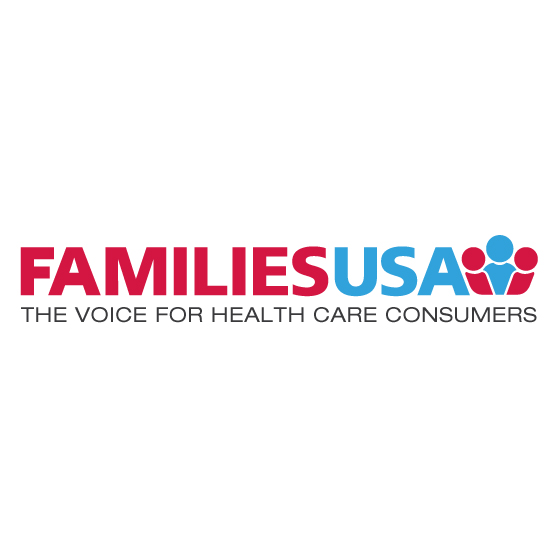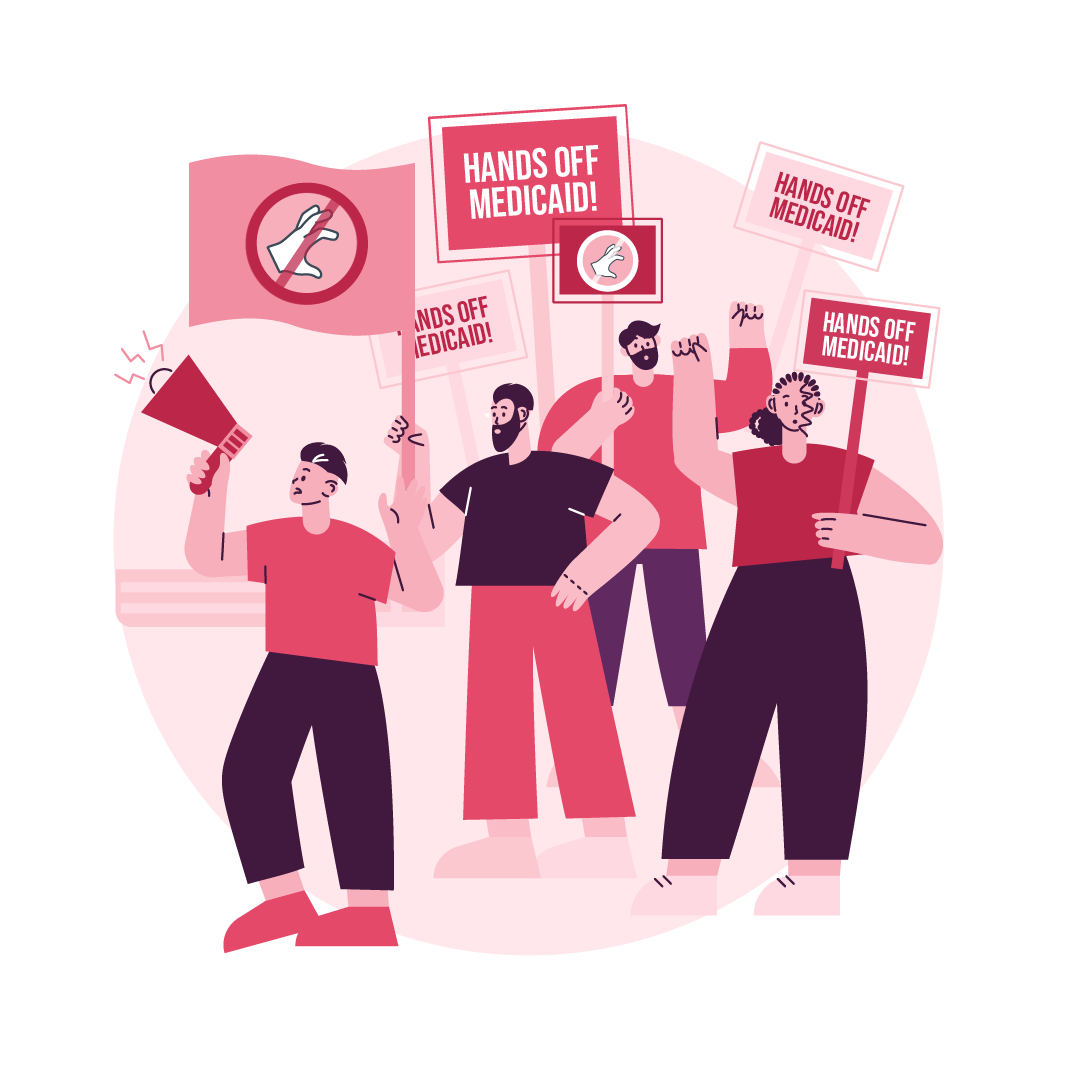
There’s no pain-free way to get beyond silver loading
By Stan Dorn,
09.10.2019
This blog’s readers know that President Trump’s termination of federal cost-sharing-reduction (CSR) payments in late 2017 had unexpected effects. Intended as a deadly blow to the Affordable Care Act’s (ACA’s) health insurance exchanges, the step instead provided increased financial assistance to many low- and moderate-income families. This yielded coverage gains that offset losses triggered by other administration policies.
Let’s briefly review. Ending these payments did not affect insurers’ legal obligation to provide CSRs to low- and moderate-income consumers enrolling in silver-tier exchange plans. Once federal payments ended for CSRs, Insurers needed to cover the resulting costs by raising premiums. Heeding the fundamental actuarial principle that insurance premiums should accurately reflect the coverage they finance, most states limited these premium increases to silver-tier plans, since those are the only plans to which CSRs apply. Higher silver-tier premiums meant higher premium tax credits (PTCs), since PTCs equal the difference between the second-highest-cost exchange silver plan (the “benchmark” plan) and each consumer’s income-based payment amount. Higher PTCs let consumers buy coverage other than the benchmark at lower net premium cost, increasing enrollment and making the market more attractive to consumers and insurers alike. According to the Congressional Budget Office, CSR-payment termination increased net federal financial assistance by approximately $10 billion a year, adding approximately 2 to 3 million people to the individual market.
Two years later, a RAND Corporation study, analyzed in this blog several months ago, found that terminating “silver-loading” would now inflict significant pain. Whether silver loading ended by restoring CSR payments or by spreading CSR costs evenly across all plans in the individual market, more than two-thirds of everyone insured in that market would pay extra for their current coverage, with average premium increases exceeding $1,400 per person.
Is there a better way?
The notorious inscrutability of actuarial wisdom has led some to question the rationality of today’s silver-loaded world. One researcher, after publishing a study finding that silver loading “increased affordability for subsidized and unsubsidized enrollees,” recently opined that, “this is a really inefficient way to spend federal tax dollars to create affordable health insurance.”
Is that intuition right? Could policymakers achieve substantially better results by restoring CSR payments, ending silver loading, and using the resulting federal savings to provide consumers with better-targeted help? A new RAND corporation study raises serious questions about whether, at this juncture, silver loading can be replaced by even well-designed budget-neutral policy interventions without causing serious disruption to markets and consumers’ lives.
Each alternative analyzed by RAND involves a painful transition to a world with winners and losers
Building on earlier research, RAND estimated what would happen if the federal government restored CSR payments and used the resulting savings to provide either reinsurance or enhanced financial assistance for consumers with incomes up to 300% of the federal poverty line (FPL). The latter scenario involved a national policy modeled on the supplemental assistance that Massachusetts makes available for state residents in this income band.
RAND found that either change would cause considerable disruption. Roughly six in ten individually-insured consumers would be charged substantially more for their current coverage (Table 1). If silver-loading was replaced by reinsurance, 57% of all individual market enrollees would be charged more, with increases averaging $3,200 per person per year. If beefed-up financial assistance replaced silver-loading, 61% of individual-market participants would pay more for their current coverage, with per capita increases averaging $1,859.
A much smaller group would save money due to these changes: 18% and 27% of individual-market participants under the reinsurance and financial assistance scenarios, respectively, would pay less for their current coverage, with average savings of $860 and $700. Combining those who gain and those who lose, total net consumer charges for current coverage would rise by $24.4 billion with reinsurance and $13.9 billion under the financial assistance scenario. On balance, the latter approach involves less total disruption, but so-called “rate shock” would be a serious problem under either scenario.
Table 1. People Charged More or Less for Their Current Coverage: Change From Status Quo to CSR-Payment Restoration Plus Either Reinsurance or Supplemental Financial Assistance, 2020
|
Reinsurance |
Financial assistance |
||
| People charged more | # (millions) | 8.3 | 9.0 |
| % of entire individual market | 57% | 61% | |
| Average increase | $3,200 | $1,859 | |
| People charged less | # (millions) | 2.6 | 4.0 |
| % of entire individual market | 18% | 27% | |
| Average decrease | ($860) | ($700) | |
Source: National Center for Coverage Innovation Analysis of RAND study results, 2019. Totals do not match those in earlier RAND reports, because the new analysis exogenously assumes CBO-estimated federal cost savings from restoring CSR payments.
Many consumers will respond to changing premiums by adjusting their enrollment choices. Total net coverage results are similar with both scenarios, but swings in both directions are greater with reinsurance. If reinsurance replaces silver-loading, 2.5 million people either gain or lose coverage: 1.4 million previously uninsured adults become insured and 1.1 million insured lose coverage, resulting in net coverage gains of 300,000.
If increased financial assistance replaces silver-loading, 1.4 million people gain or lose coverage, of whom 0.9 million become insured and 0.5 million become uninsured. The net result is a 400,000-person increase in the ranks of the insured.
Other consumers insured under the status quo retain coverage but change metal tiers. Such consumers total 6.1 million and 7.2 million, for the reinsurance and financial assistance scenarios, respectively. The ratio of consumers who move up the metal tiers to those who move down are 1.6 to 1 and 2.1 to 1. Under each scenario, enrollment shifts of some kind are experienced by 8.6 million people — a group more than half the size of the entire individual market.
Overall, the individual market expands by 3% under both scenarios, but the income distribution of coverage changes is quite different (Table 2). With reinsurance, enrollment of PTC beneficiaries falls by 8%, but the number of PTC-ineligible people buying insurance goes up by 41%. Under the scenario involving increased financial assistance, PTC enrollment rises by 1% while enrollment of consumers without PTCs increases by 7%.
Table 2. Individual-Market Enrollment, Status Quo vs. CSR-Payment Restoration Plus Either Reinsurance or Supplemental Financial Assistance, 2020
|
Status Quo |
Replacing Silver Loading with Reinsurance |
Replacing Silver Loading with Financial Assistance |
|||
|
# (millions) |
# (millions) |
% Change |
# (millions) |
% Change |
|
| PTC beneficiaries | 11.2 | 10.3 | -8% | 11.3 | +1% |
| Purchasers without PTCs | 3.4 | 4.8 | +41% | 3.7 | +7% |
| Total | 14.6 | 15.1 | +3% | 15.0 | +3% |
Source: National Center for Coverage Innovation Analysis of RAND study results, 2019.
Overall, the reinsurance scenario reduces coverage for people with PTCs, all of whom have incomes at or below 400% of FPL, and increases it for those without PTCs, most of whom have incomes above that threshold. In dollar terms, 400% of FPL is $103,000 a year for a family of four.
Further dynamics emerge when one examines coverage changes in more detail. For example, with reinsurance, coverage expands for those below 138% of FPL and drops for PTC beneficiaries above that income threshold. The former gains involve low-income people who buy coverage without PTCs and smokers who benefit from lower premiums, even though they are PTC beneficiaries with silver exchange coverage. In tobacco-rated states, PTCs cannot pay the surcharge for tobacco use, which is calculated as a percentage of premiums. Lower premiums thus mean lower tobacco surcharges.
Under the scenario that provides Massachusetts-style financial assistance up to 300% of FPL, the number of consumers with incomes up to 300% FPL who buy individual-market coverage rises by 5%. RAND previously found that consumers in this income range provided 63% of total coverage losses resulting from the restoration of CSR payments. The financial assistance scenario thus appears to protect most of those harmed by silver-loading’s end.
However, the number of consumers in the individual market with incomes between 300 and 400% of FPL drops by 13%. These consumers feel the full effect of silver-loading’s termination without benefiting from the increased financial assistance modeled by RAND.
The outcomes are worse in California
To capture the effects of these policy changes in a state that seeks aggressively to achieve the ACA’s coverage goals, RAND conducted a separate microsimulation for California. The results are broadly similar to those described earlier, but several factors distinguish California from the nation as a whole. First, under the reinsurance scenario, Californians with incomes below 139% of FPL experience no enrollment gains. That is because the state does not increase premiums for tobacco users and because Medicaid provides broad coverage under that income threshold. Such broad coverage results from both the state’s implementation of the ACA Medicaid expansion and California’s unusually generous Medicaid coverage of low-income immigrants. As a result, the reinsurance scenario’s reduced coverage for PTC beneficiaries with incomes between 139-400% FPL is not offset in California by increased individual-market coverage for people below 139% FPL.
Second, under both scenarios, premium payments increase for consumers enrolled in non-silver plans. Most such consumers use PTCs, and both scenarios erode PTC values relative to non-silver premiums. The proportion of individually-insured consumers in non-silver plans is higher for California than in the country as a whole, which increases California’s overall cost increases and coverage losses in RAND’s microsimulation. These two factors help explain why, whereas overall coverage increases slightly under both scenarios nationally, it falls under both scenarios in California.
One final observation is important. If states like California have worse outcomes than the national average, then by definition other states have better outcomes than the national average.
Conclusion
At first blush, the proper and rational course appears obvious: restore CSR payments, end silver loading, and use the federal savings in a more carefully considered, thoughtful way. Unfortunately, RAND’s analysis shows that the answer may not be so simple. Whether policymakers use the savings for reinsurance or additional financial assistance, tremendous market disruption would result in the near term. Even after the disruption ended, some would be better off and others worse off, with winners and losers varying greatly between scenarios.
Perhaps a different use of the savings resulting from CSR-payment restoration could yield positive outcomes for all, without significant disruptions or trade-offs. Such favorable results would surely be more likely if policymakers could go beyond budget neutrality — for example, by adding to the Massachusetts-based scenario new federal dollars that increase the generosity of financial assistance above 300% of FPL. But until further research demonstrates the effects of such alternative policies and identifies win-win solutions with outcomes that far surpass the results described here, policymakers should think long and hard before discarding the silver-loaded fruits of actuarial wisdom.
Author’s Note
This post describes a RAND Corporation analysis produced on a contract with Families USA, funded through a grant from the California Endowment. The author is grateful to Sarah Nowak, PhD, Preethi Rao, PhD, and Jodi Liu, PhD, for their outstanding work on the project, including their review of earlier drafts of this blog post. The opinions expressed in this post are the author’s and are not the responsibility of the California Endowment, the RAND Corporation, Nowak, Rao, or Liu.




